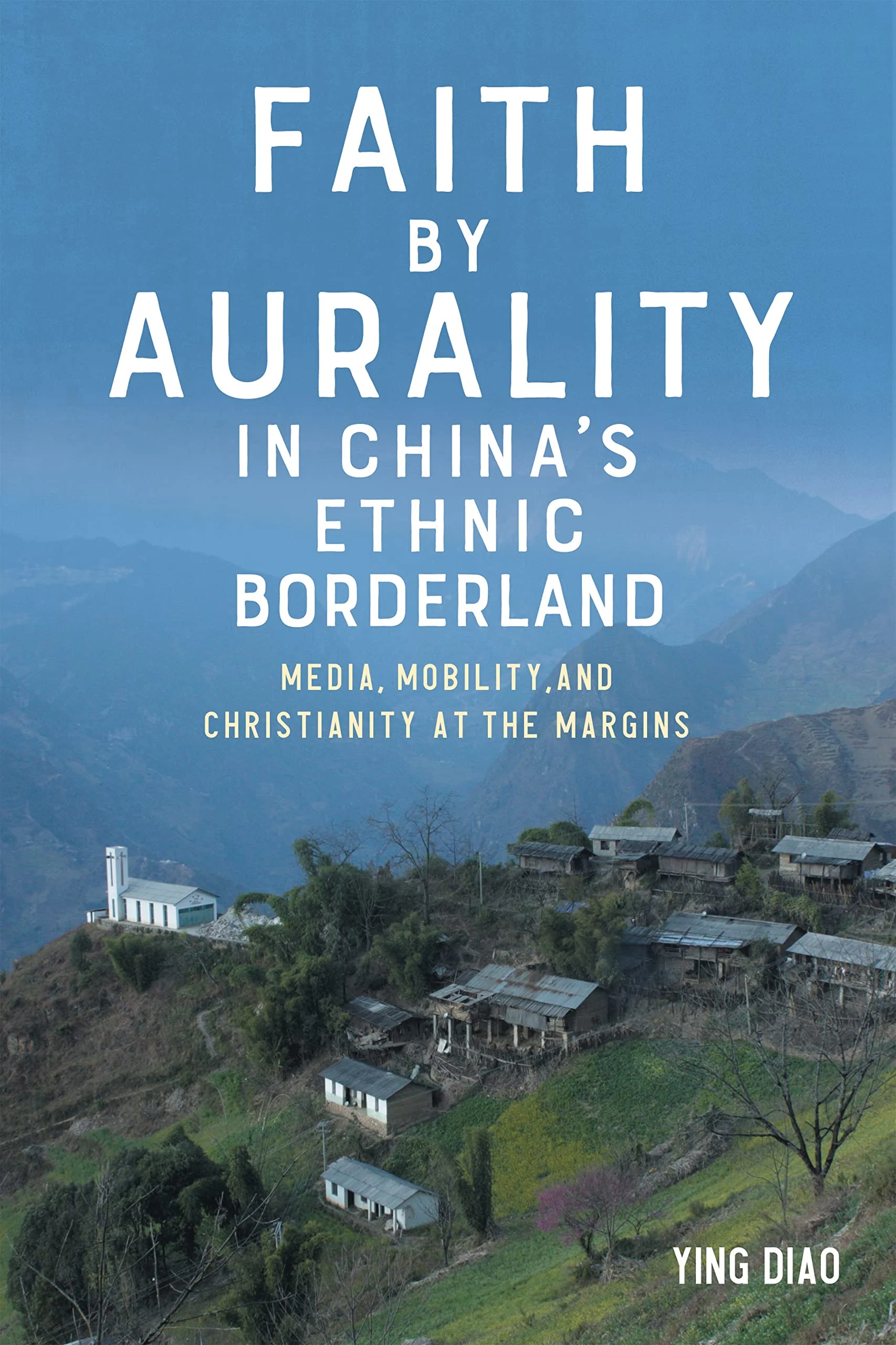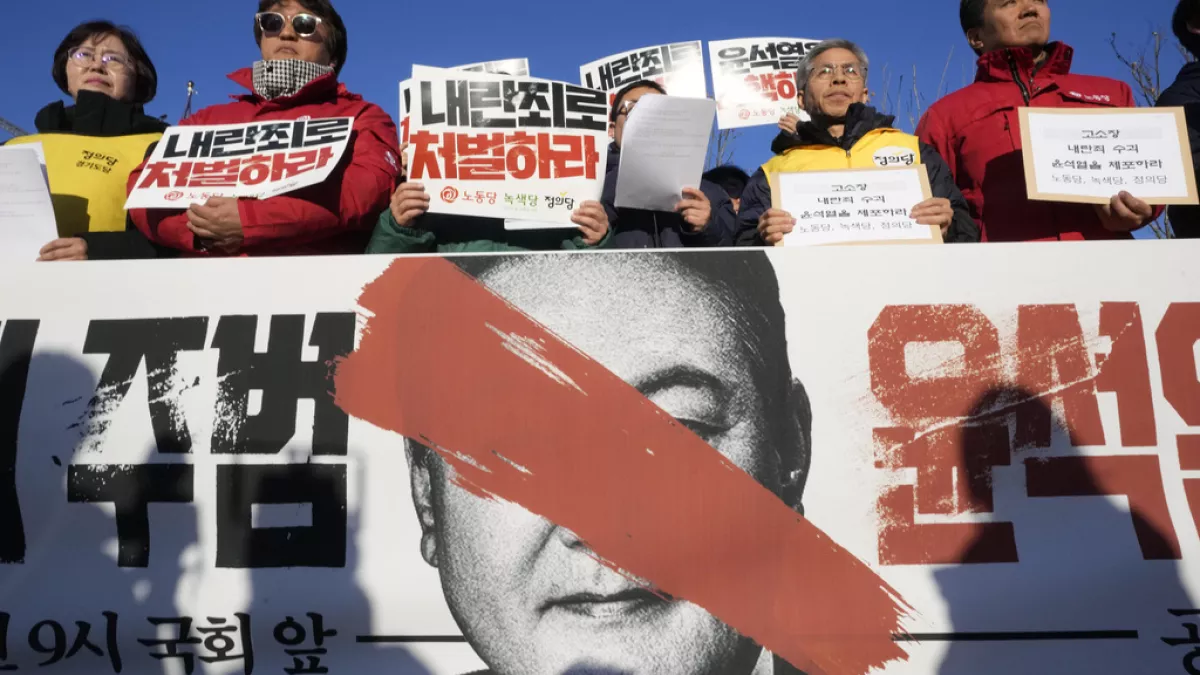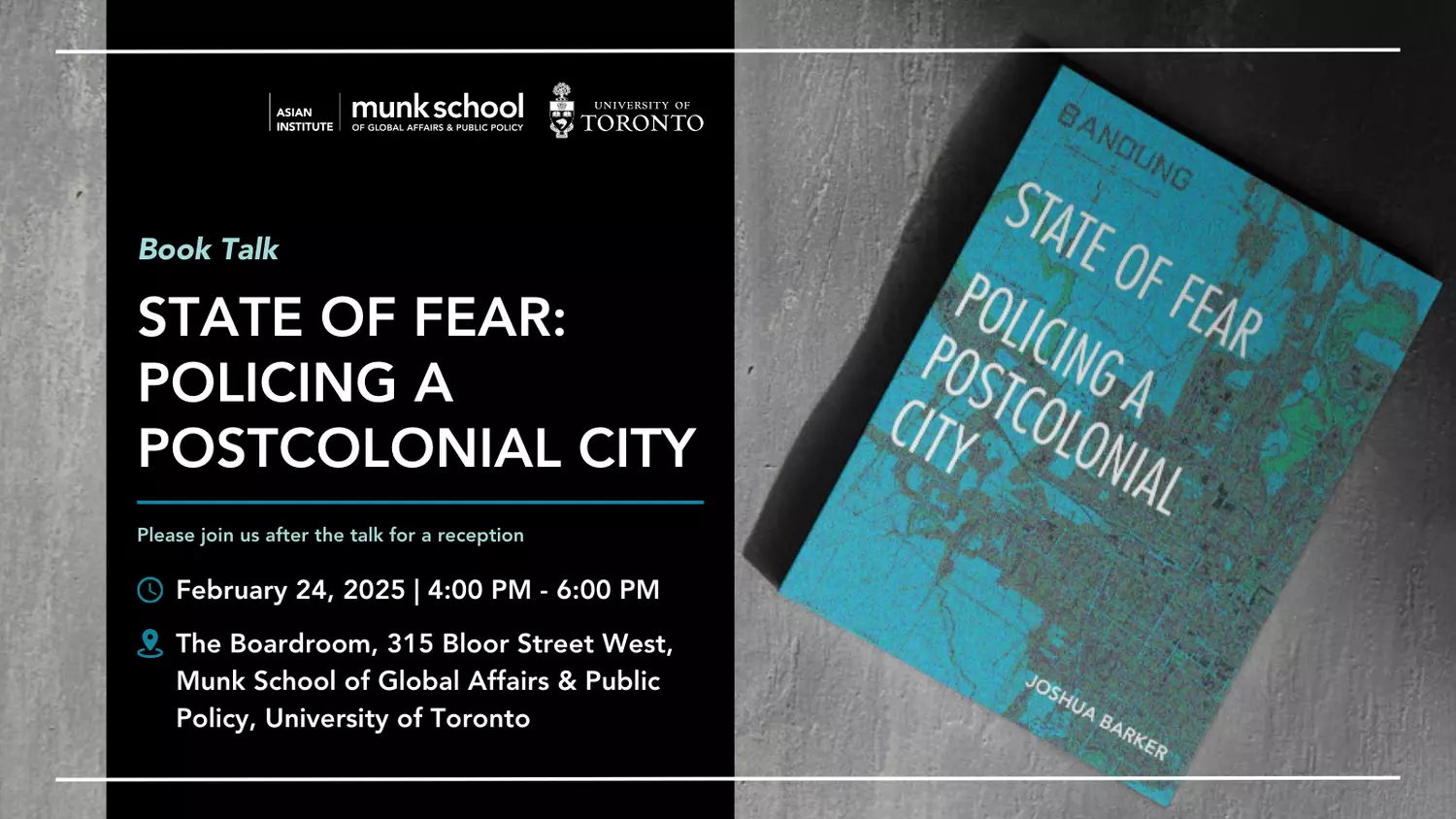Ways of Faith: Aurality and Voicing Christianity in China’s Ethnic Borderland
On February 28, 2025, speaker Ying Diao hosted a talk titled Ways of Faith: Orality and Voicing Christianity in China’s Ethnic Borderland on Zoom. This event was the fourth installment of the Indigenous Language Speakers Series, organized and sponsored by the Department of East Asian Studies at the University of Toronto. It was chaired by Yanfei Li, a professor in the department. Dr. Ying Diao is an ethnomusicologist and cultural anthropologist specializing in the intersection of sound, media, and religion among ethnic minorities in China’s borderlands.
Drawing from extensive fieldwork among the Lisu people – a Tibeto-Burman ethnic group in Myanmar, southwest China, and Thailand – she explored how sound, faith and recording technologies shape religious practices in the Lisu Gospel community along the China-Myanmar border.
The Lisu Gospel Community is a global coalition of Lisu Protestant churches, primarily located in southwestern China, Myanmar, Thailand, and India’s Arunachal Pradesh. Ying Diao’s research is based on ethnographic fieldwork conducted over several years at multiple sites in Nujiang, Yunnan, and Myanmar. This included two preliminary trips in 2010, a seven-month residency in Nujiang from November 2012 to May 2013, and follow-up visits. In December 2017, she also went on a 40-day field trip with Lisu practitioners in Myanmar and Thailand.
Ying Diao’s presentation examined how music production and circulation create distinct sonic and social spaces for Christian Lisu communities. She began by sharing videos of Lisu congregational hymn singing and Christian music performances. By music performances, she referred to music created within the Lisu minority community – not only for religious purposes but also as an integral part of daily life. Musical performance has always been a fundamental aspect of Lisu Christian worship, serving as a powerful tool for Western missionaries to assist in conversion and shape Christian life.
A key ethnographic principle is to understand other cultures on their own terms. What stood out to Ying Diao was that the Lisu people rarely use the Lisu word for “religion” in everyday conversation. Instead, they use a term that translates to “having faith” and ask questions like “Do you have faith?” or “Are you a believer?”. Rather than viewing religion as a distinct category, the Lisu people perceive faith as an intrinsic and lived experience.
Ying Diao examined four key aspects of understanding the Lisu Christian faith. First, instead of seeing Christianity as the opposite of animistic beliefs, she framed the Lisu journey to Christianity as discovering a new way. Second, she explored faith as a form of discipline.
Missionary influence led converts to give up not only animistic beliefs and rituals but also traditional customs like drinking. Becoming an ideal Christian required following new principles for spiritual life. Third, Ying Diao discussed faith in terms of otherness. In Myanmar, Burmese Lisu elites view traditional knowledge and cultural artifacts as valuable assets for political recognition and social support. However, embracing Christianity often requires abandoning traditional beliefs. Therefore, Lisu Christians categorize certain traditional customs as “culture” to reconcile them with Christian identity. This concept plays a key role in shaping a unified
understanding of faith. Lastly, Ying Diao analyzed mediated religion through transnational broadcasting, which includes any electronic media that transmits audio-visual content to a large audience, not just radio and TV. This shared media illiteracy has helped the Lisu people improve their ability to engage in faith practice despite strict state control.
Ying Diao uses the concept of Aurality to analyze the Lisu Christian faith, defining it as “the shared hearing of mediated sound.” Aurality consists of three key aspects. The first is its social presence – how shared listening experiences, such as congregational singing and gospel music, strengthen social bonds and foster community. The second is its relationality, highlighting the relationship between those who create sound and those who listen to it. The final aspect is Aurality and Media Literacy. In a media-rich environment, Lisu religious practice relies on the ability to actively listen, interpret, and utilize sound technologies (e.g., hymnals, recordings, and social media) to deepen spiritual practice.
Various technologies have helped the Lisu people practice their faith and stay connected. The Fraser Script, an early literacy tool, was the first widespread “sound technology”, a system for transcribing spoken language. It enabled Bible translations and hymnals to spread, making literacy a crucial skill for new converts. Script-based literacy extended beyond reading and writing to include typing skills. Another equally important language book is the Lisu Hymn, a fixed collection of 319 translated revival hymns.
Beyond hymns, Lisu’s “small songs” encompass a range of Christian music genres. Many were composed and recorded by Burmese Lisu musicians at the center of the Lisu recording industry. The recording industry is only known within the Lisu community and is not intended to influence mainstream markets or political discourse. Media practitioners – including musicians, instrumentalists, singers, and producers – typically work from home studios, and the recording process is deeply communal. Volunteers from church members and their families contribute their time and resources, making music production more about community participation than profit generation.
Lisu recordings are primarily distributed at Nujiang’s local farmers’ markets, where vendors circulate them between townships. Since 2016, WeChat has become a key platform for sharing gospel music, especially within group chats. During the pandemic, online worship and music activities flourished as churches remained closed.
Founded in 1996, the Lisu Peasant Choir is a vocal group composed of Lisu ethnic minority members. What sets them apart is their ability to perform intricate four-part choral music despite having no formal musical training. The choir has been invited to perform at local, provincial, and national events. While its performances de-emphasize the Christian background, the choir has made Lisu Christianity more presentable in China and gained huge success.
The presentation concluded with a Q&A session, where a key discussion focused on the relationship between Lisu Christian culture and Chinese state regulations on religion. Ying Diao explained that Lisu gospel music is not broadcast on state-sponsored radio or TV but circulates
independently through the Lisu recording industry, allowing it to exist outside direct government control.







Sonia is a third-year undergraduate student pursuing a specialist in Finance and Economics and a minor in Statistics. Her main research interests lie at the intersection of politics, economics, and finance, focusing on the impact of economic policies on societal welfare and business dynamics. Through her work with Synergy this year, she hopes to gain a deeper understanding of current economic developments in East Asian countries, including their social implications and effectiveness.







